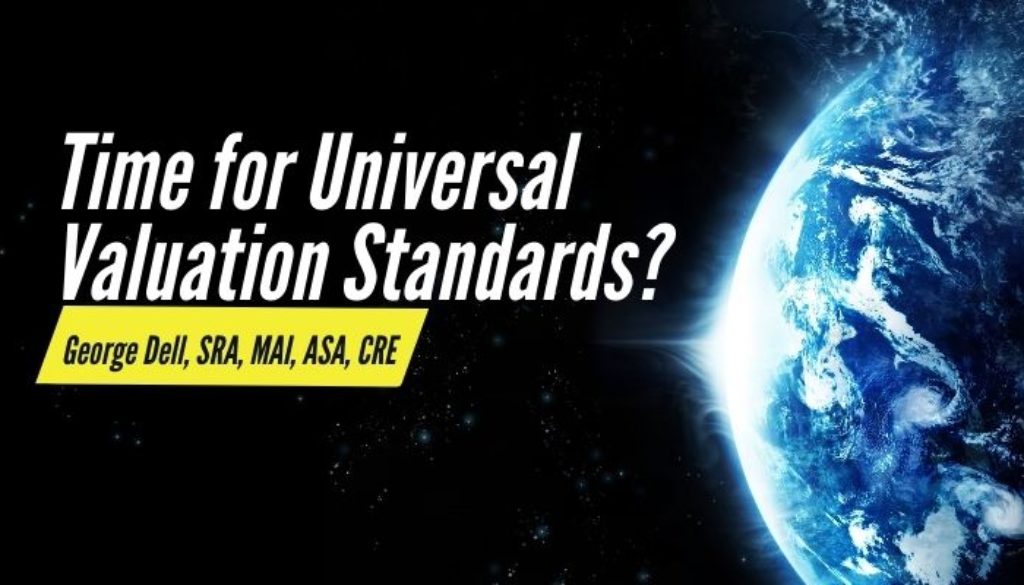Appraisers have standards. AVMs have no standards. Other valuation types are “waivered” or exempt.
Appraisers have licenses. AVMs have no licenses. Other valuation types are “waivered” or exempt.
Appraiser’s foot the bill for much of the valuation world – reviewers, evaluators, programmers, checklist checkers, and unlicensed “valuation analysts.”
Today we have unequal regulation, costs, taxes, fees, qualifying/continuing education, and threat of loss of livelihood. Appraisers face these regulatory/tax disadvantages.
Yet the product is the same!
- Subject is defined
- Data is selected
- Result stated
Someone makes the decision of the subject characteristics and use. No matter what valuation product.
Someone makes the data selection, whether by a programmer’s algorithm, or appraisers “method.”
Someone declares a “market value” number.
Whether calculated by a computer programmer’s algorithm, a lender’s internal ‘evaluator’, an agent, or hybrid of ‘inspector’ and desk form filler – human decisions are required at each and every point. The process is identical. It is only a matter of who, when, and how. Yet actual standards of performance only apply to appraisers. Some bank regulations apply to non-appraiser appraisals. And some client guidelines, like those of GSEs (Government Sponsored Enterprises) become standards by reference.
One product is subject to regulatory-inspired costs, taxes, and fees, while others have little or none.
What is the answer?
If the product is the same, why are products differentiated by industry, rather than by results? The “product” is a point market value. The same result for any way you get to it. How do we treat different products equally and fairly, so that they can be objectively compared, not internally biased, and trusted?
The answer is a uniform, universal valuation standard, (UVS)©. Such a standard specifies levels of risk and reliability for each of the three components of the scientific method: Hypothesis, data classification, predictive result.
Hypothesis is subject property characterization, whether by appraiser, or programmer’s algorithm.
Data is selected as “picking comparables” by an appraiser, or by a programmer’s algorithm.
Result is stated either as an appraiser’s ‘opinion’, or by a programmed calculation.
No matter who or how or even when an algorithm is decided – the process is the same.
The process comprises: 1) how well-defined is the subject property (highest and best use); 2) how is the data selected; and 3) what approaches/algorithms/adjustments are applied to the data.
That is all. Nothing more, nothing less.
The UVS©, (currently under development) simply reduces the overall problem of valuation into smaller component parts: subject, data, algorithm. The differences are the UVS measures and gauges apply to whatever process applies.
UVS can invite direct comparison of “different products” by results, costs, and public benefit. It makes possible ‘double-blind’ valuations. The UVS© could eliminate a substantial part of the conflicting motives between risk, cost, and public good.
Best of all, it can effect a direct cause for change to each of the “five frictions” to modernization: process, standards, education, user expectations, and administrative regulations themselves. The only real possibility for the public good is through recognizing that the valuation process is universal and identical. The only differences by industries are how well each step is done: Problem, Data, Prediction.
Check out our upcoming classes at Valuemetrics.Info.
